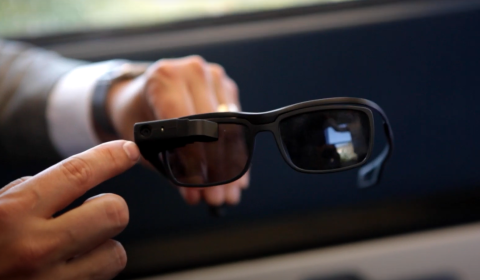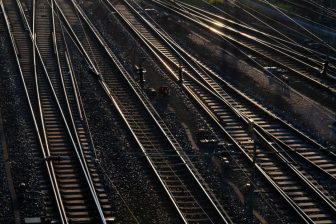
Check out Huawei’s 5G gadgets for terminals
Augmented reality glasses from Huawei
5G is not the answer, it is an enabler of realising industrial digitisation projects. This was explained by Tamas Boday from Huawei, the company which together with Vodafone provides 5G technology solutions to East West Gate in Hungary. This terminal on the border with Ukraine is scheduled to become operative in Spring 2022.
Do you want to read the full article?
Thank you for visiting RailFreight.com. Become a member of RailFreight Premium and get full access to all our premium content.
Are you already a member?
Having problems logging in? Call +31(0)10 280 1000 or send an email to customerdesk@promedia.nl.





